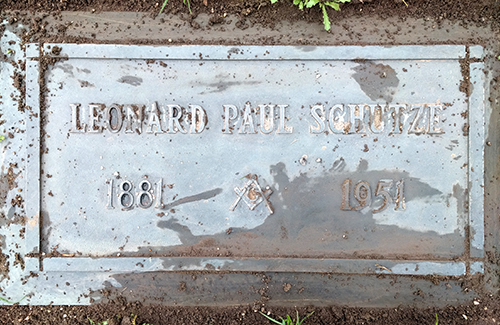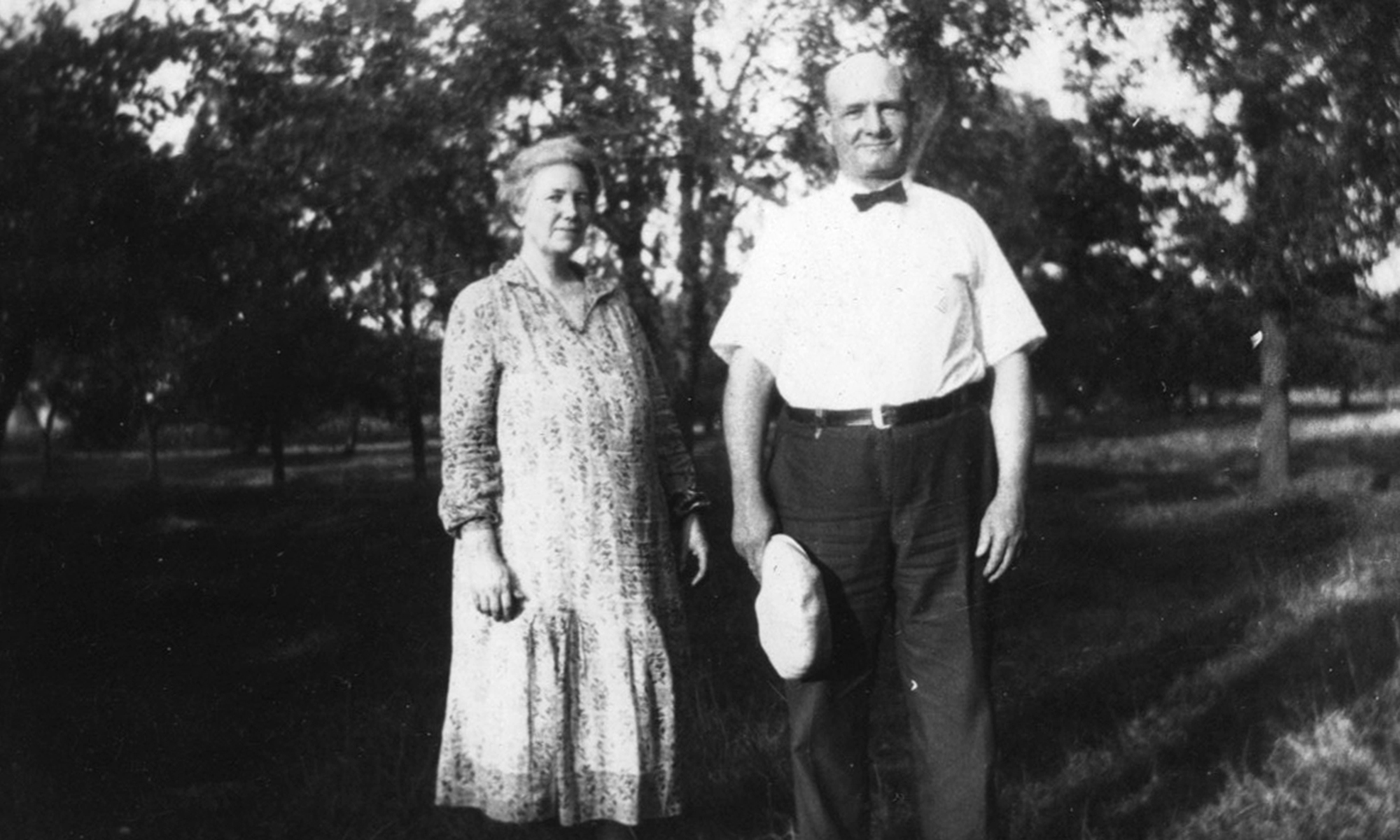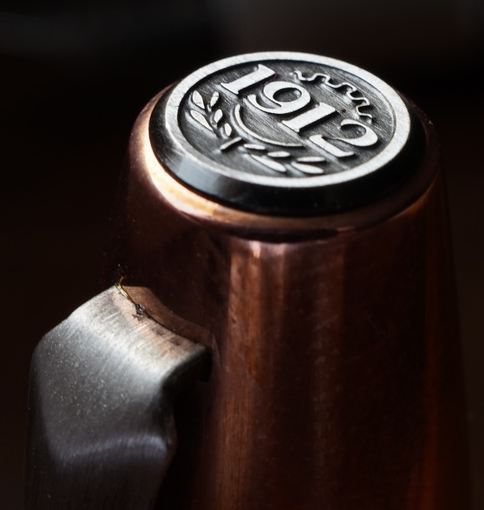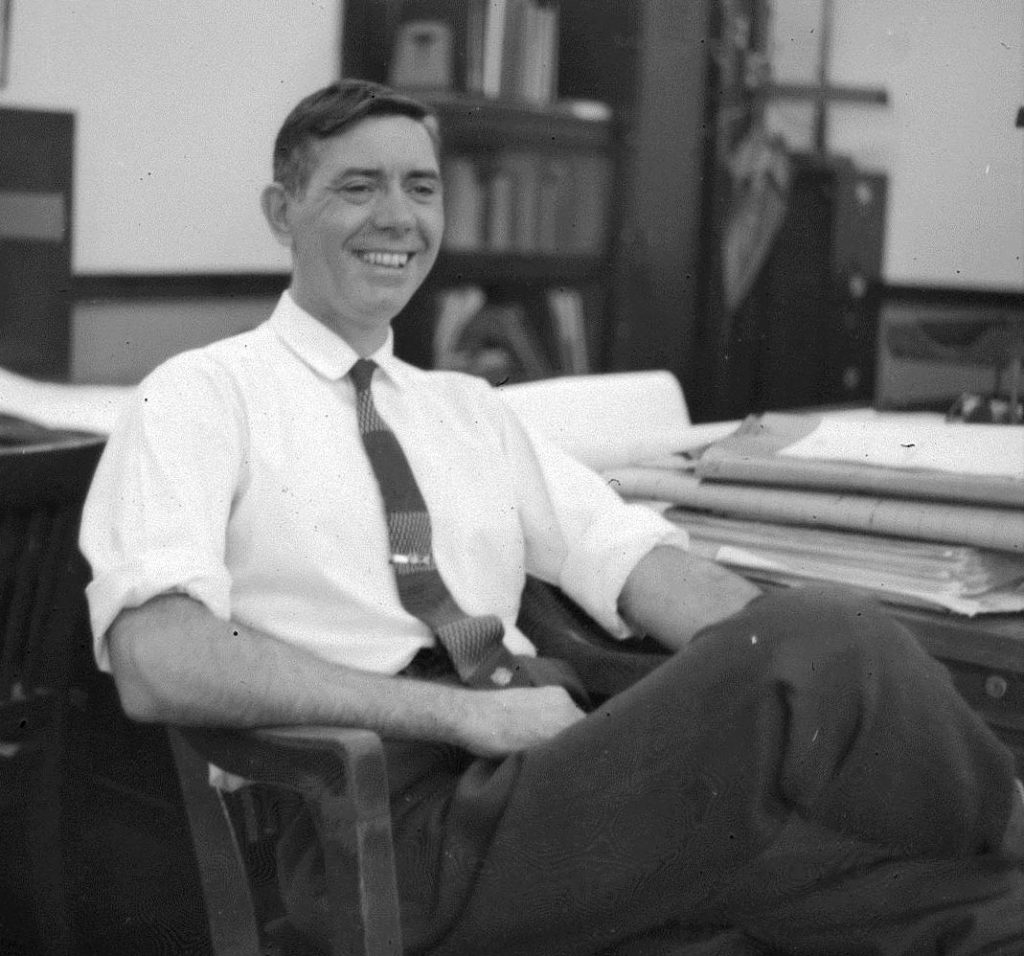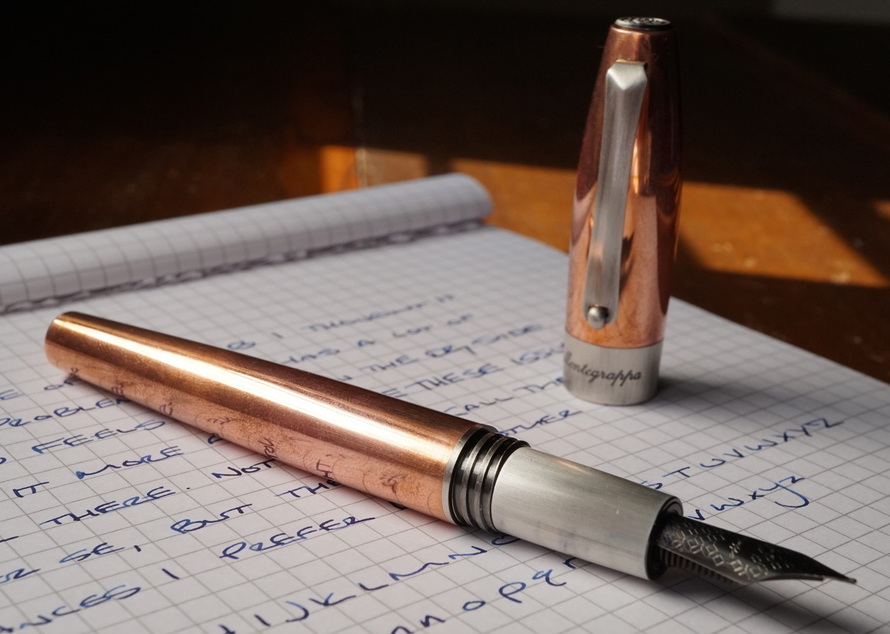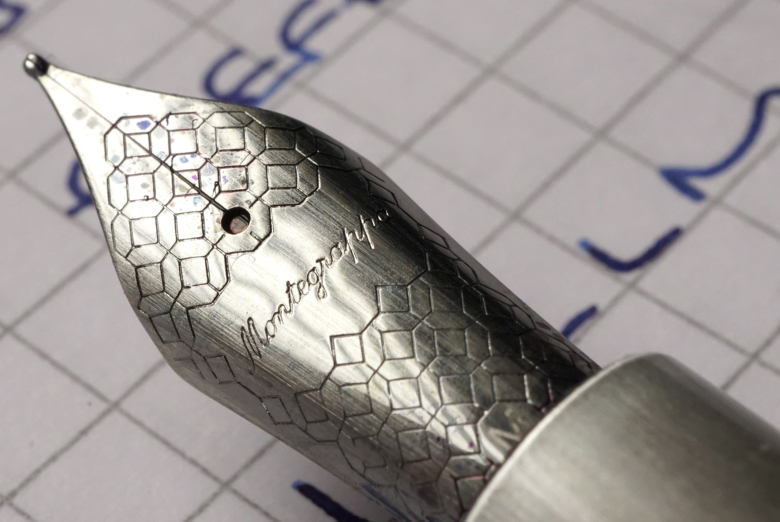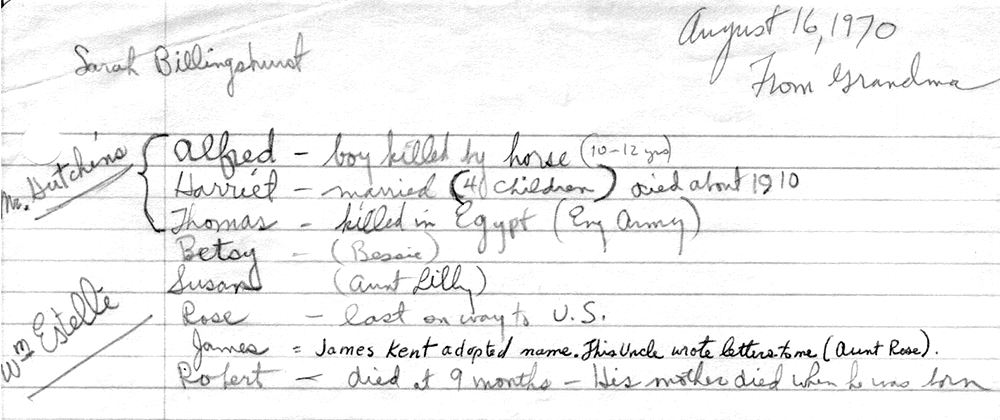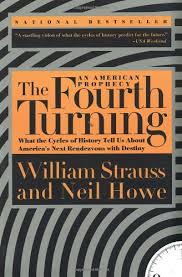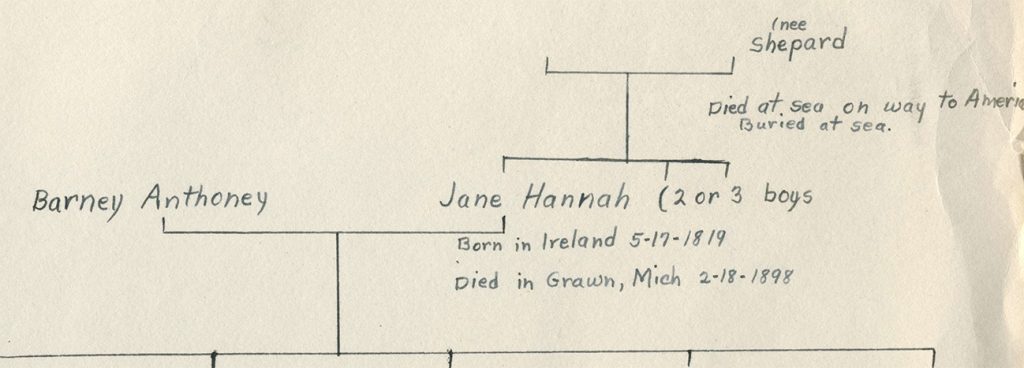Leonard Paul Schutze was my father’s uncle and the man my dad was named after.
That got me to wondering who Leonard — I’ll call him LP for short — was.
His is a rather sad story, it turns out.
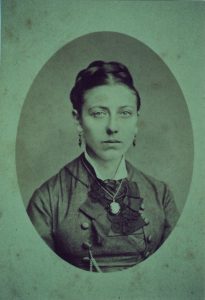
LP was conceived in Hamburg, Germany, and born in Detroit, Michigan. His mother Friederike (nee Schrotzberger) was four months pregnant when she emigrated to America to join her husband in Detroit; she delivered LP on a winter’s day early in 1881.
LP would be the oldest of four children in the Hermann and Frederika home. He had two younger sisters who died in youth, and a brother (my grandfather Herman) who was ten years his junior. His mom died when LP was eleven; his father married Frederike’s sister Hannah and had another pair of children by her.
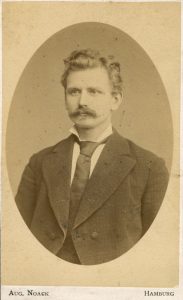
LP hewed closely to his father’s example. His dad was a butcher; LP became one too. His dad joined the Masons and was insured by the International Order of Foresters; LP became a Mason as well, and spent his last twenty years in a hospital run by the IOF.
When LP was 21 the family moved to Stratford, Ontario, but he sensed it was time to spread his wings, and three years later moved to California, joining his uncle Fred Schrotzberger in Pomona, 25 miles east of Los Angeles, working as a butcher. The slim, gray-eyed, brown-haired young man married an 18-year-old girl in 1908, when he was 27. The free-spirited Mildred “Pearl” Lloyd lost her mother at age 9 and was farmed out to be raised by various older half-siblings. “It seems Pearl was pretty much left on her own throughout the years and probably more so once she reached age 18; maybe that’s why she married so young, apparently not ready or able to settle down,” according to a Lloyd family historian.
When LP’s father died in Stratford in 1909, his step-mother moved the family back to Detroit, where LP and Pearl joined them from California. In a year or two the entire family, including my grandfather, moved to Los Angeles, which explains why my dad was born there.
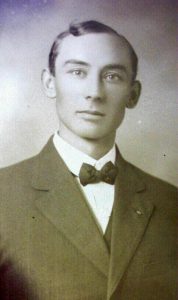
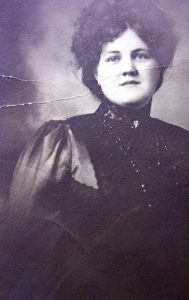
LP and Pearl seemed to have a rocky relationship. City directories and censuses show there were years when they lived together, but there were just as many when they didn’t. She rarely lived long in one place. She worked as a dressmaker and filled in her idle hours as a movie extra in the fledgling years of the industry. She enjoyed riding motorcycles. And she had an affair with a married man — a police detective with a wife and two daughters — that ended in 1924 on the corner of Pasadena and 35th avenues in Los Angeles where she shot him dead and then took her own life in the back bedroom of LP’s home a couple of blocks away. She died painfully of strychnine poisoning, leaving a note that read “Daddy and I decided to end everything. Life without each other was unbearable.” The story made it into the Los Angeles Times and on the front page of the Madera Tribune.
According to the Lloyd historian, “Leonard loved her very much and buried her as if nothing happened.” Whether that’s a sign of great love and forgiveness or a character flaw is open to speculation.
After losing his wife, LP moved in with his step-mother Hannah and half siblings Hattie and Hugo who were living in a house on Halldale Avenue in Los Angeles. He stayed there for six years, working as a store butcher, but in 1931, at the age of 50, contracted tuberculosis and was admitted to the IOF sanatorium north of L.A. and remained there the rest of his life, dying in 1951 at the age of 70. He never remarried and never had children.
His remains were buried in the San Gabriel foothills in a cemetery close to the sanatorium.
Though my father was named after him, LP apparently wasn’t a presence in my dad’s life. My dad grew up and lived in Detroit; LP was on the west coast. My grandfather Herman probably looked up to his older brother LP as a role model when growing up, but after Herman started a family of his own he moved back to Detroit from L.A. and I don’t know if they stayed in touch.
Though LP didn’t have descendants, his name lived on through my father, and because of that he hasn’t been forgotten by his great-nieces and nephew. Visiting his grave this year, I was struck by how peaceful and scenic his final resting place is in the steeply rolling hills. It’s a fitting end to a man who seemed imperturbable in the face of a harsh life.
